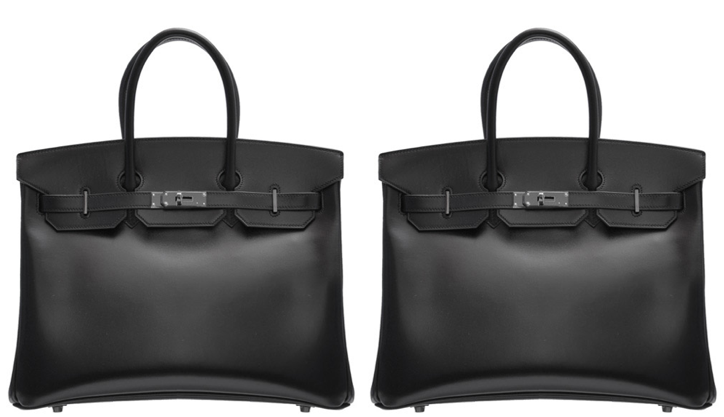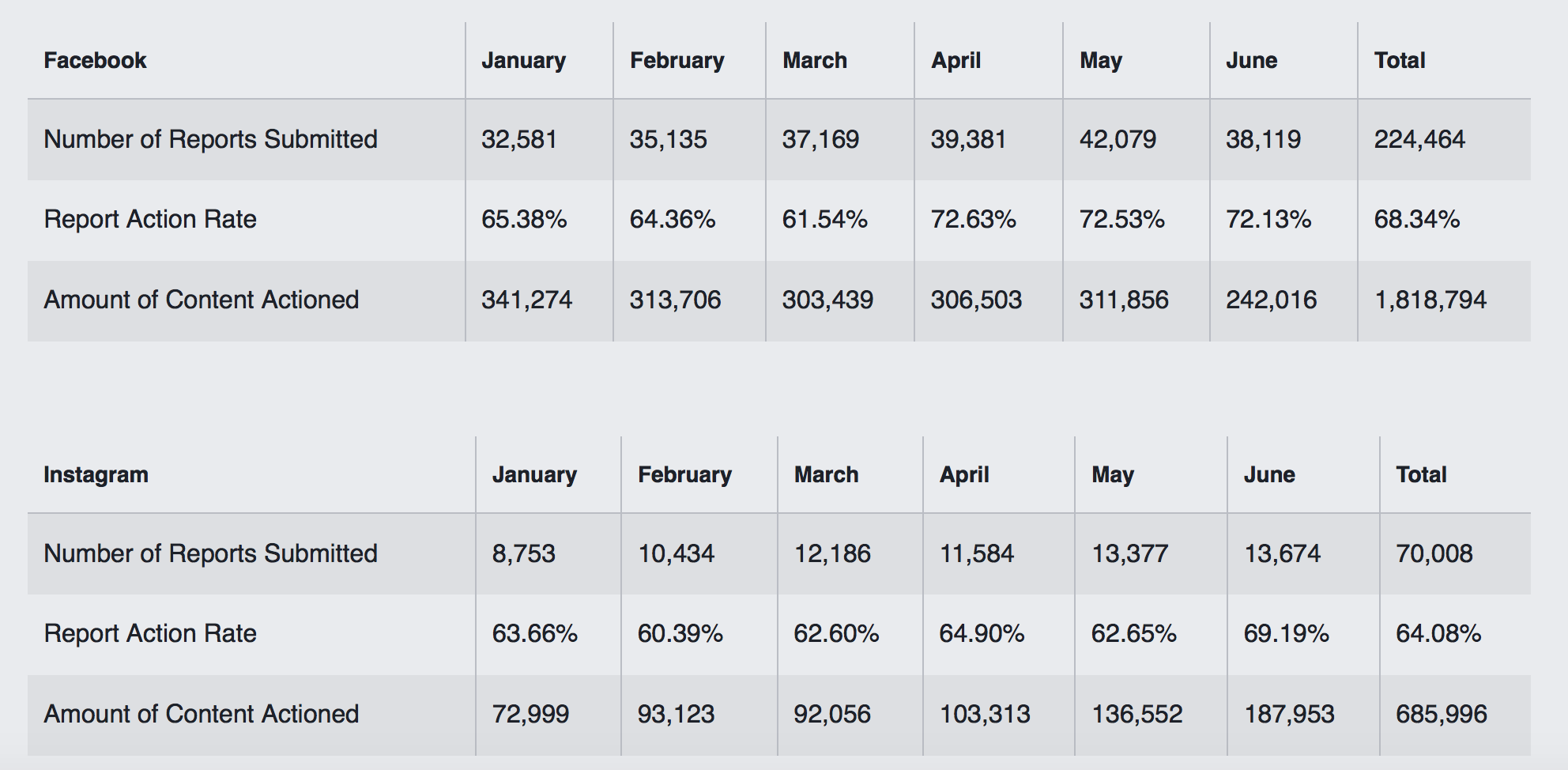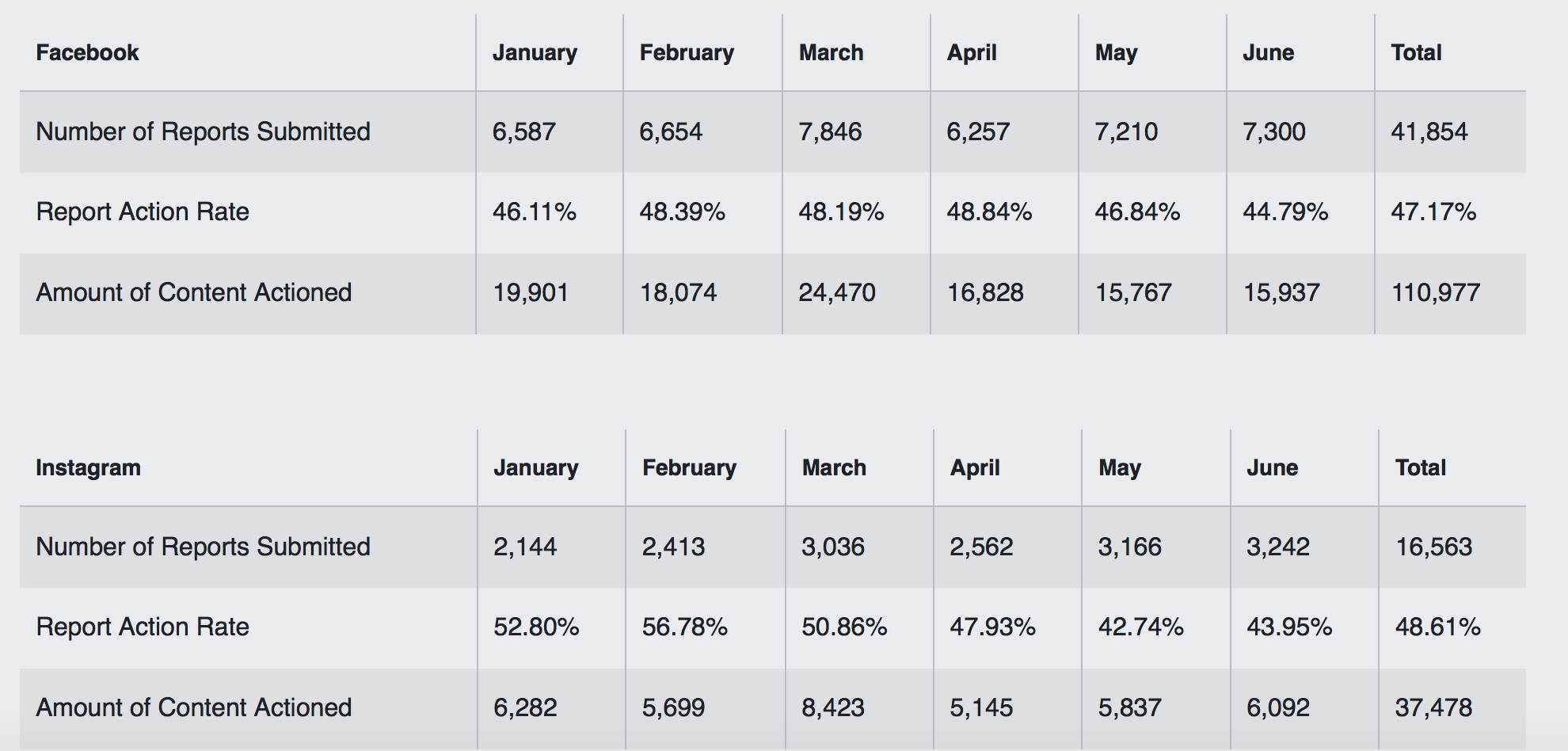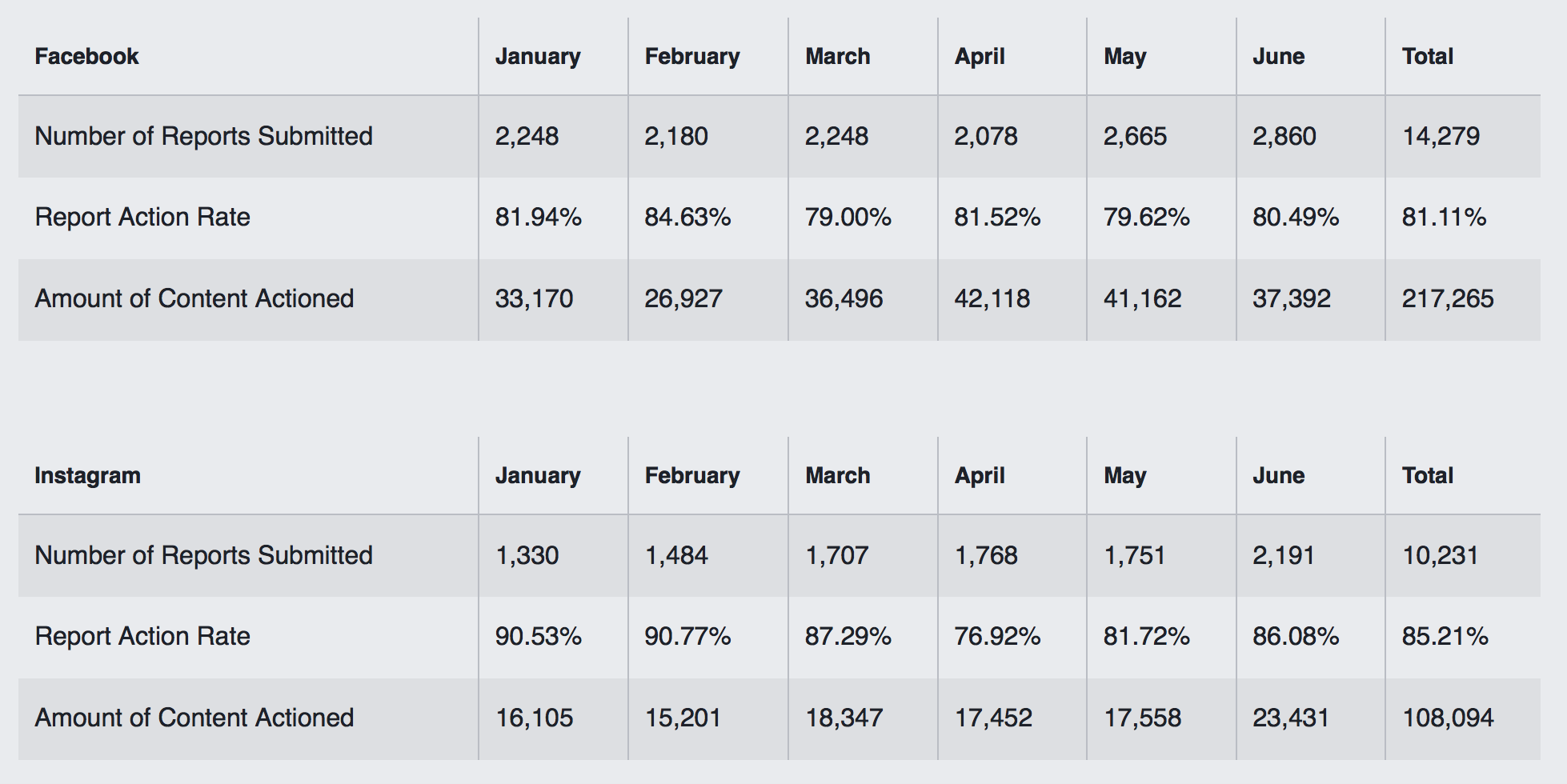
image: TFL
Facebook, Inc. removed nearly 3 million posts, including videos, ads and other forms of content, from its sites during the first half of 2017 in response to takedown complaints over counterfeiting, and trademark and copyright infringement. The San Francisco-based social media giant, which owns Facebook and Instagram, announced the intellectual property-related takedown data by way of its “Transparency Report.”
As Chris Sonderby, a deputy general counsel for Facebook, Inc., stated on Monday, “We believe that sharing information about (intellectual property) reports we receive from rights holders is an important step toward being more open and clear about how we protect the people and businesses that use our services.”
The Rise in Counterfeits
The report comes on the heels of widespread attention to the growing number of counterfeit-centric posts on Facebook, Inc.’s platforms. Cyber-security experts Andrea Stroppa and Agostino Specchiarello found that about a quarter of the fashion and luxury ads they examined on Facebook in 2014 were for counterfeit goods. The ads, touting things such as $2,000+ Louis Vuitton bags for $239 and $180 Ray-Ban Aviator eyewear for less than $30, routinely linked to bogus e-commerce sites registered by Chinese companies.
Since then, the growing number of posts on Instagram dedicated to the sale of counterfeits has also become a point of interest. As of June 2016, the World Economic Forum identified over 20,000 Instagram accounts that posted more than 14 million photos of counterfeit goods. About 20 percent of the Instagram posts related to fashion brands featured illicit and counterfeit items.
Around the same time, the Washington Post revealed identified 20,892 Instagram accounts selling counterfeit goods, which were collectively responsible for 14.5 million posts. In connection with that same report, the Post revealed that Instagram facilitates the sale of about $29 billion in counterfeit goods.
Among the top targeted brands: Chanel, Prada, Louis Vuitton, Fendi, Gucci, Dior, Celine, and Hermes. In the meantime, Yeezy, Balenciaga, Vetements, and other buzzy ‘of the moment’ brands have proven to be the target of widespread counterfeiting efforts on social media platforms like Instagram.
Facebook Inc.’s Data on Copyright

Facebook Inc.’s Data on Trademark

Facebook Inc.’s Data on Counterfeits

More to it Than That
But aside from the seemingly inevitable use of social media platforms as a way to hawk counterfeit products, the mix of objectionable content also includes copyright infringing imagery, which is part of a larger issue.
Instagram, for instance, is often a steady stream of copyright infringements, as indicated, in part, by the increasing number of infringement lawsuits being filed over imagery posted on this platform. The same can be said of Twitter, and of Facebook, and Tumblr, and so on, where individuals have taken to sharing existing content including photos, in lieu of the creation of new content, or not only posting original photos they capture, but supplementing those with imagery they have curated from others, i.e., other copyright holders.
Because copyright law gives the copyright holder (the individual who captured the photo, unless those rights have been assigned to another party) the exclusive right to reproduce, distribute, display, etc. a copyright-protected work, such as an image, the posting of others’ imagery on Instagram, for example, without their authorization amounts to copyright infringement. (And no, despite what you may have read, it is not any less illegal – in an infringement sense – if you credit the copyright holder. That is a big misconception).
With the exclusive rights that copyright law provides, any given Instagram timeline tends to become a mix of legal and illegal posts. Why is it, you ask, that the way people in 2017 use imagery is so clearly at odds with how the law says they can and cannot be used? Well, it is, at least in part, because those laws have not caught up to where we, collectively, are in a practical sense.
That practical sense? Instagram, for one thing! While such infringement action has certainly increased significantly due to the ease with which individuals can post legally-problematic imagery on Instagram and Facebook, the real problem here seems to lie either with the larger lack of education surrounding intellectual property law for the average individual, and/or the progressively poor match of existing copyright law and the way in which imagery is used.
The side effects of the potential inability of the various domestic intellectual property laws to keep up with the use patterns of society and the creation of new technology is a lengthy topic of discussion that we will explore in the new year. In the meantime, you can brush up on your copyright law in our reference section.










